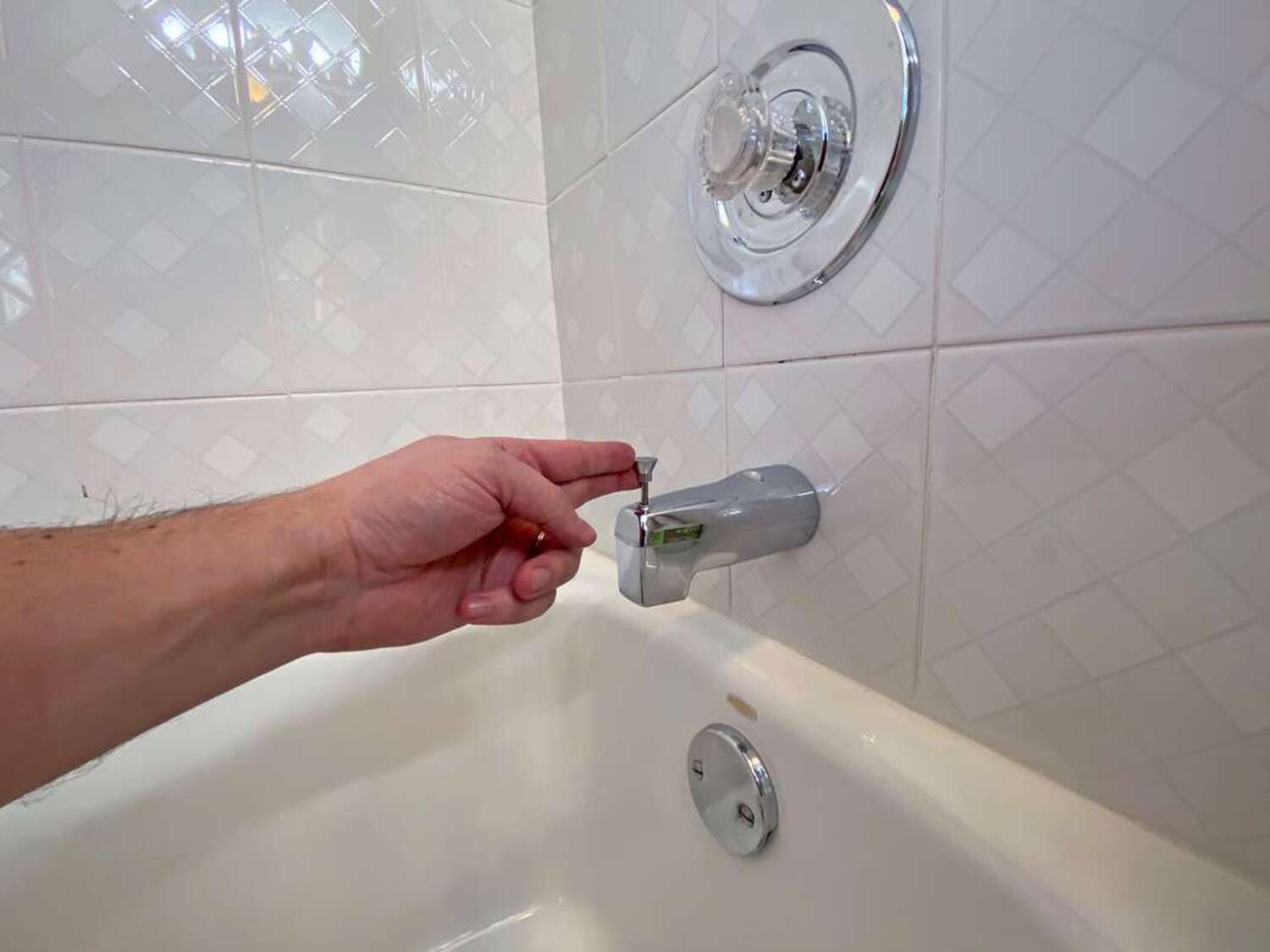

Articles
How To Fix Tub Faucet Diverter
Modified: December 7, 2023
Learn how to fix a tub faucet diverter with our informative articles. Discover step-by-step instructions and expert tips to solve the issue quickly and efficiently.
(Many of the links in this article redirect to a specific reviewed product. Your purchase of these products through affiliate links helps to generate commission for Storables.com, at no extra cost. Learn more)
Introduction
A tub faucet diverter is a crucial component of a bathtub, allowing you to divert the flow of water between the tub spout and the showerhead. Over time, however, the diverter can become worn or damaged, resulting in water leakage or an inability to switch between the two water outlets. If you’re experiencing issues with your tub faucet diverter, fear not – fixing it is a relatively simple process that you can tackle on your own.
In this article, we’ll guide you through the step-by-step process of replacing a tub faucet diverter. We’ll cover everything from gathering the necessary tools to turning on the water supply once the repair is complete. By following these instructions, you’ll be able to fix your tub faucet diverter and regain control over your bathtub’s water flow.
Key Takeaways:
- Takeaway 1: Fixing a tub faucet diverter is a manageable DIY project that requires basic tools and step-by-step guidance. By following the process outlined in the article, you can regain control over your bathtub’s water flow and save on professional plumbing costs.
- Takeaway 2: Prioritize safety by shutting off the water supply before starting the repair. Attention to detail during each step, from accessing the diverter valve to installing the new diverter, ensures a successful and satisfying repair experience.
Read also: 14 Amazing Faucet Diverter for 2025
Understanding the Tub Faucet Diverter
Before diving into the repair process, it’s essential to have a clear understanding of what the tub faucet diverter is and how it functions. The diverter is a valve that controls the direction of water flow in a bathtub. When the diverter is in the up position, water flows through the showerhead. When it’s in the down position, water flows through the tub spout.
The diverter is typically located behind the faucet handle and is connected to a lever or knob that you use to switch the water flow. Inside the diverter, there is a rubber or plastic component that directs the water to the appropriate outlet when the diverter is engaged.
Over time, the diverter can become worn or clogged with mineral deposits, resulting in water leakage or a failure to divert the water properly. In some cases, the diverter may need to be replaced entirely to restore the proper functioning of your tub faucet.
Now that you have a better understanding of the role of the tub faucet diverter, let’s move on to the first step in fixing it – gathering the necessary tools.
Step 1: Gathering the necessary tools
Before you can begin fixing your tub faucet diverter, you’ll need to gather a few essential tools. Having these tools on hand will make the repair process much smoother and more efficient. Here’s a list of the tools you’ll need:
- Adjustable wrench
- Flathead screwdriver
- Allen wrench (if applicable to your faucet)
- Plumber’s tape
- New tub faucet diverter
Make sure to have these tools readily available before beginning the repair. It’s always a good idea to inspect your tools beforehand to ensure they are in good working condition. If any of them are damaged or missing, replace them before starting the project.
Once you have gathered all the necessary tools, you can move on to the next step – shutting off the water supply.
Step 2: Shutting off the water supply
Before you begin any work on your tub faucet diverter, it’s crucial to turn off the water supply to prevent any accidents or water damage. For most homes, the water shut-off valve for the bathtub is located near the bathroom or basement. Look for a valve that controls the water flow to the bathtub specifically.
Once you have located the shut-off valve, turn it clockwise (to the right) to shut off the water supply. You may need to use an adjustable wrench to turn the valve if it’s too tight. Once the valve is fully closed, open the tub faucet to release any remaining water pressure.
Double-check that the water is fully shut off by turning on the tub faucet and ensuring no water comes out. It’s always better to be safe than sorry, so take a few extra minutes to make sure the water supply is completely off before proceeding.
With the water supply shut off, you can now move on to removing the faucet handle in the next step.
Step 3: Removing the faucet handle
With the water supply shut off, you can now focus on removing the faucet handle to gain access to the tub faucet diverter. Follow these steps to remove the handle:
- First, locate the screw or decorative cap on the handle. This is typically found near the base of the handle or underneath a small cover.
- Using a flathead screwdriver, carefully remove the screw or pop off the decorative cap.
- Once the screw or cap is removed, you should be able to pull the handle off the stem. If it feels stuck, try wiggling it gently or using a pair of pliers with a cloth to avoid damaging the handle.
Once the faucet handle is removed, set it aside in a safe place. Take a moment to inspect the handle for any signs of damage or wear that may indicate the need for a replacement.
Now that the handle is out of the way, you can proceed to access the tub faucet diverter in the next step.
Read more: How To Fix A Leaking Tub Faucet
Step 4: Accessing the diverter valve
Now that you have removed the faucet handle, it’s time to access the tub faucet diverter valve. Follow these steps to gain access:
- Inspect the exposed stem or cartridge where the faucet handle was attached. Look for any retaining clips or screws that may be holding the diverter valve in place.
- If you spot any retaining clips or screws, use a flathead screwdriver or Allen wrench (depending on the type of fastener) to remove them. Set them aside in a secure location.
- Once the clips or screws have been removed, you should be able to pull the stem or cartridge straight out of the faucet body.
Be cautious when removing the stem or cartridge, as it may be sealed with plumber’s tape or lubricant. Take care not to damage the surrounding plumbing or other components as you extract it.
With the stem or cartridge removed, you now have access to the diverter valve. Take a moment to inspect the valve and surrounding area for any signs of damage, wear, or buildup that may require cleaning or replacement.
Now that you have accessed the diverter valve, you can proceed to the next step – removing and replacing the old diverter.
If your tub faucet diverter is not working properly, try cleaning it with a vinegar solution to remove any mineral deposits that may be causing the issue. If that doesn’t work, consider replacing the diverter valve.
Step 5: Removing and replacing the old diverter
With the diverter valve exposed, it’s time to remove the old diverter and replace it with a new one. Follow these steps to complete this process:
- Inspect the old diverter and determine how it is attached to the valve. It may be secured with screws, clips, or simply press-fit into place.
- Use the appropriate tools, such as a screwdriver or pliers, to remove any fasteners holding the old diverter in place. If the diverter is press-fit, carefully wiggle and pull it out of the valve.
- Once the old diverter is removed, take a moment to clean the area around the valve to remove any debris or buildup.
- Now, align the new diverter with the valve, making sure it is positioned correctly. If necessary, consult the manufacturer’s instructions or reference the old diverter for guidance.
- If the new diverter requires fasteners, secure it in place using the appropriate tools. If it is press-fit, gently push it into the valve until it sits flush.
Ensure that the new diverter is securely in place, with no loose parts or gaps. A proper fit is essential for optimal functionality.
Now that the old diverter has been removed and replaced with a new one, you can move on to the next step – installing the new diverter.
Step 6: Installing the new diverter
With the new diverter in hand, it’s time to install it into the tub faucet assembly. Follow these steps to complete the installation process:
- Begin by applying a thin layer of plumber’s tape to the threads of the diverter. This will create a secure seal and prevent any potential leaks.
- Next, carefully insert the new diverter into the valve opening. Make sure it is aligned properly and threads in smoothly.
- Using an adjustable wrench or pliers, tighten the diverter until it is snug. Do not overtighten, as it could damage the diverter or valve.
- Once the diverter is securely in place, double-check that it moves freely and switches between the tub spout and showerhead smoothly.
Ensuring the proper installation of the new diverter is important for the overall performance of your tub faucet. Take your time during this step to ensure everything is aligned correctly and functioning as it should.
With the new diverter installed, you can now proceed to reassembling the faucet handle in the next step.
Step 7: Reassembling the faucet handle
Now that the new diverter is installed, it’s time to reassemble the faucet handle. Follow these steps to complete the reassembly process:
- Take the faucet handle and align it with the stem or cartridge.
- Gently slide the handle onto the stem, making sure it sits flush and straight.
- If there was a screw or decorative cap that secured the handle, reattach it using a flathead screwdriver or by simply pressing it back into place.
- Ensure that the handle is properly secured and does not wobble or move excessively.
Take a moment to test the handle by turning it on and off, ensuring that it moves smoothly and effectively controls the water flow.
Now that the faucet handle is reassembled and functioning properly, you can move on to the final step – turning on the water supply.
Read more: How To Replace A Roman Tub Faucet
Step 8: Turning on the water supply
With the tub faucet diverter repair complete, it’s time to turn on the water supply and test the functionality of your newly installed diverter. Follow these steps to ensure a smooth and safe reactivation of the water supply:
- Locate the shut-off valve for the bathtub water supply. This is the same valve that you previously turned off to begin the repair process.
- Using an adjustable wrench, turn the shut-off valve counterclockwise (to the left) to gradually restore the water flow.
- As you slowly turn on the water supply, keep an eye out for any leaks around the diverter or faucet handle. If you notice any leaks, immediately shut off the water supply and check for any loose connections or inadequate sealing.
- Once the water supply is fully restored, check the functionality of the tub faucet diverter by switching between the tub spout and the showerhead. Ensure that the water flows correctly and the diverter locks into place.
If everything is working as expected and there are no leaks or issues, congratulations! You have successfully fixed your tub faucet diverter.
However, if you encounter any difficulties or notice ongoing problems with the diverter, it may be advisable to seek the assistance of a professional plumber to ensure a proper and long-lasting repair.
With the water supply turned on and everything functioning properly, take a moment to clean up your work area and enjoy the benefits of a fully functional tub faucet diverter.
Congratulations on a job well done!
Conclusion
Repairing a tub faucet diverter can seem like a daunting task, but with the right tools and guidance, it is a manageable project that you can tackle on your own. By following the step-by-step process outlined in this article, you can successfully fix your tub faucet diverter and restore the proper functionality of your bathtub.
Remember to gather all the necessary tools before starting the repair process and to shut off the water supply to ensure your safety and prevent any damage. Take your time throughout each step, paying attention to details and ensuring proper alignment and installation of the new diverter.
Once the repair is completed and the diverter is installed, don’t forget to turn on the water supply and test the functionality of your newly fixed tub faucet. Check for any leaks and make sure the diverter switches smoothly between the tub spout and showerhead.
If you encounter any difficulties during the repair process or notice ongoing issues with the diverter, it is always recommended to seek the assistance of a professional plumber. They have the expertise and knowledge to troubleshoot and resolve more complex plumbing problems.
Fixing your tub faucet diverter not only saves you money on hiring a professional, but it also gives you the satisfaction of being able to handle a common household repair on your own. So, equip yourself with the necessary tools and follow the step-by-step instructions outlined in this article to regain control over your bathtub’s water flow.
Remember, with a little patience and determination, you can successfully fix your tub faucet diverter and enjoy a fully functional bathtub once again.
Frequently Asked Questions about How To Fix Tub Faucet Diverter
Was this page helpful?
At Storables.com, we guarantee accurate and reliable information. Our content, validated by Expert Board Contributors, is crafted following stringent Editorial Policies. We're committed to providing you with well-researched, expert-backed insights for all your informational needs.

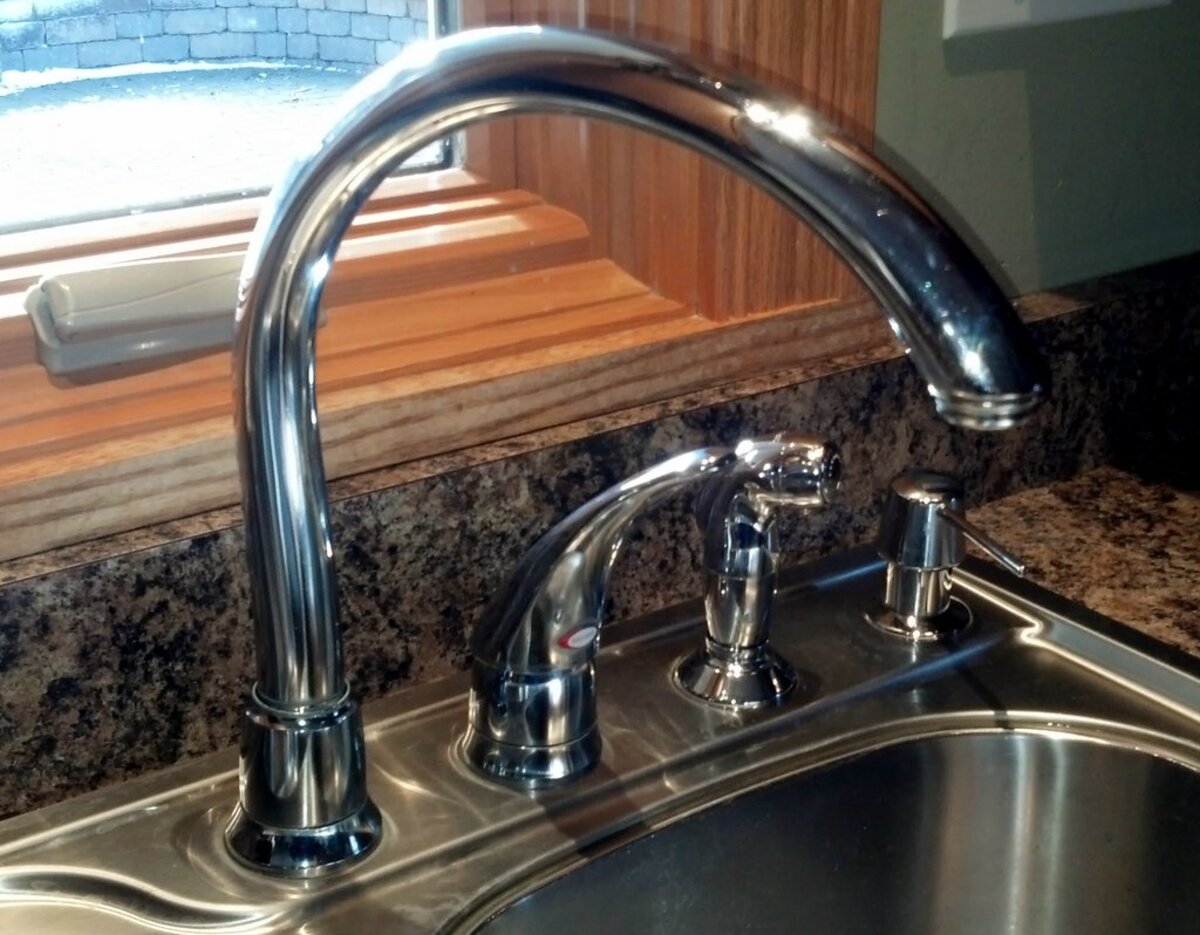
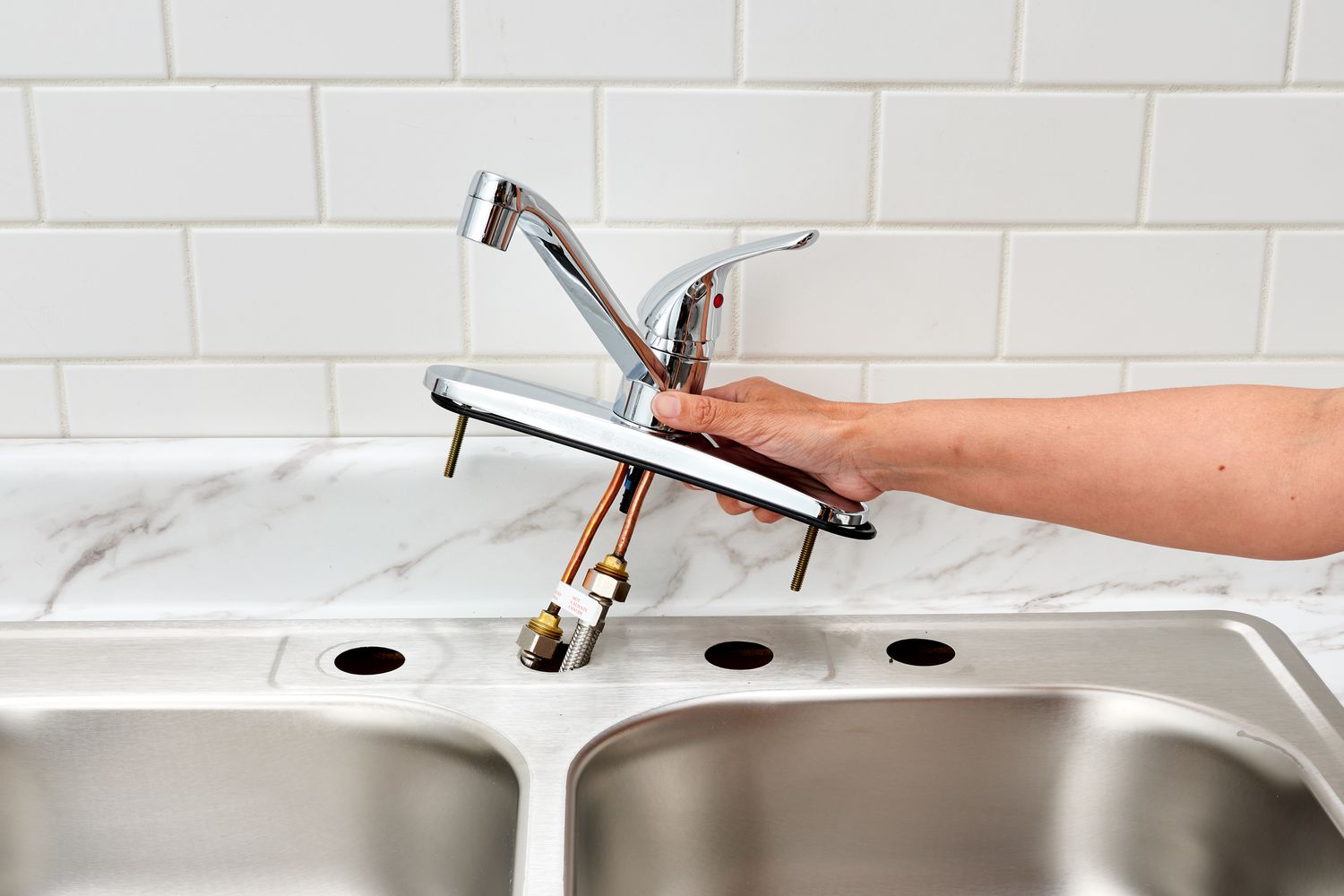
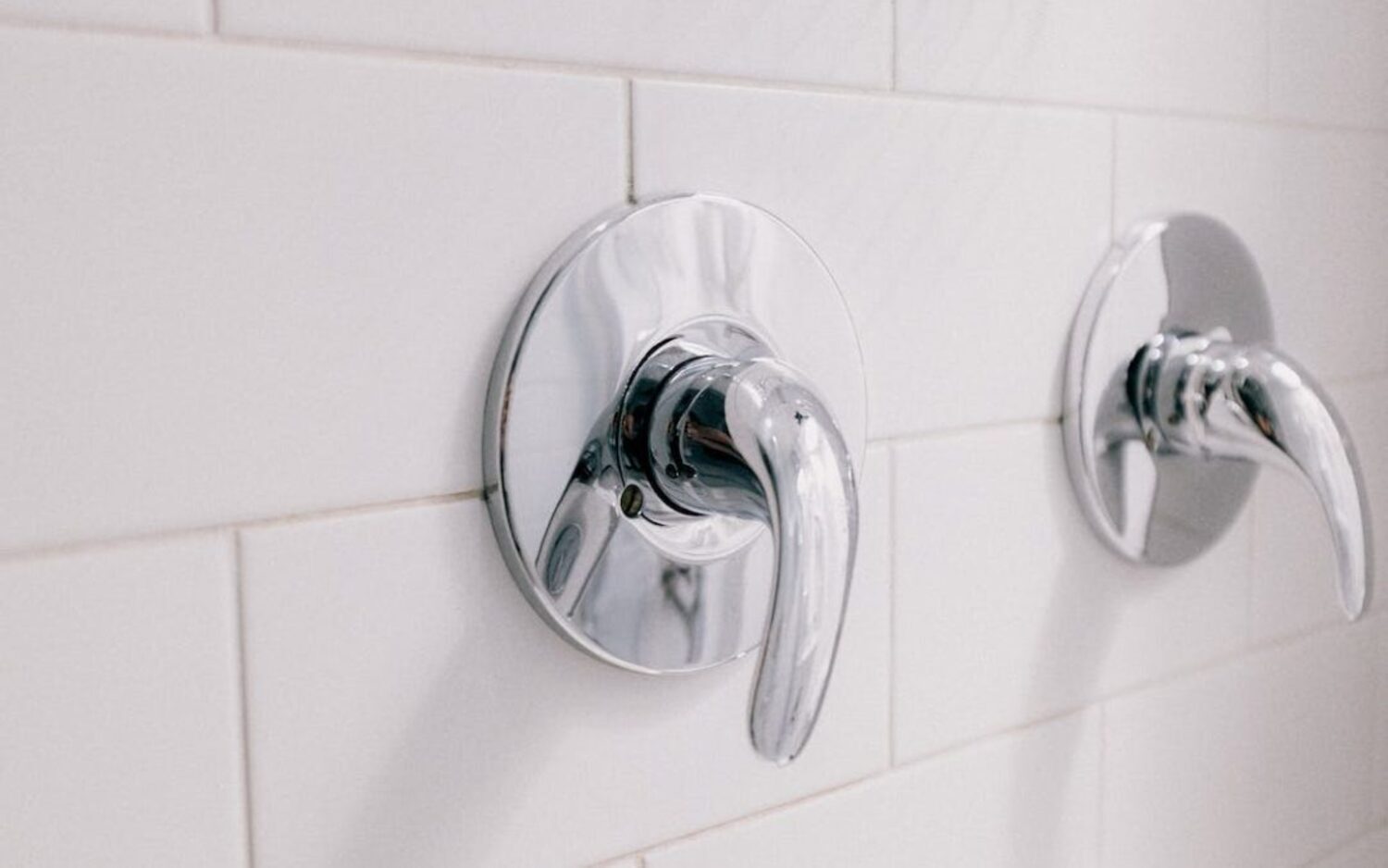
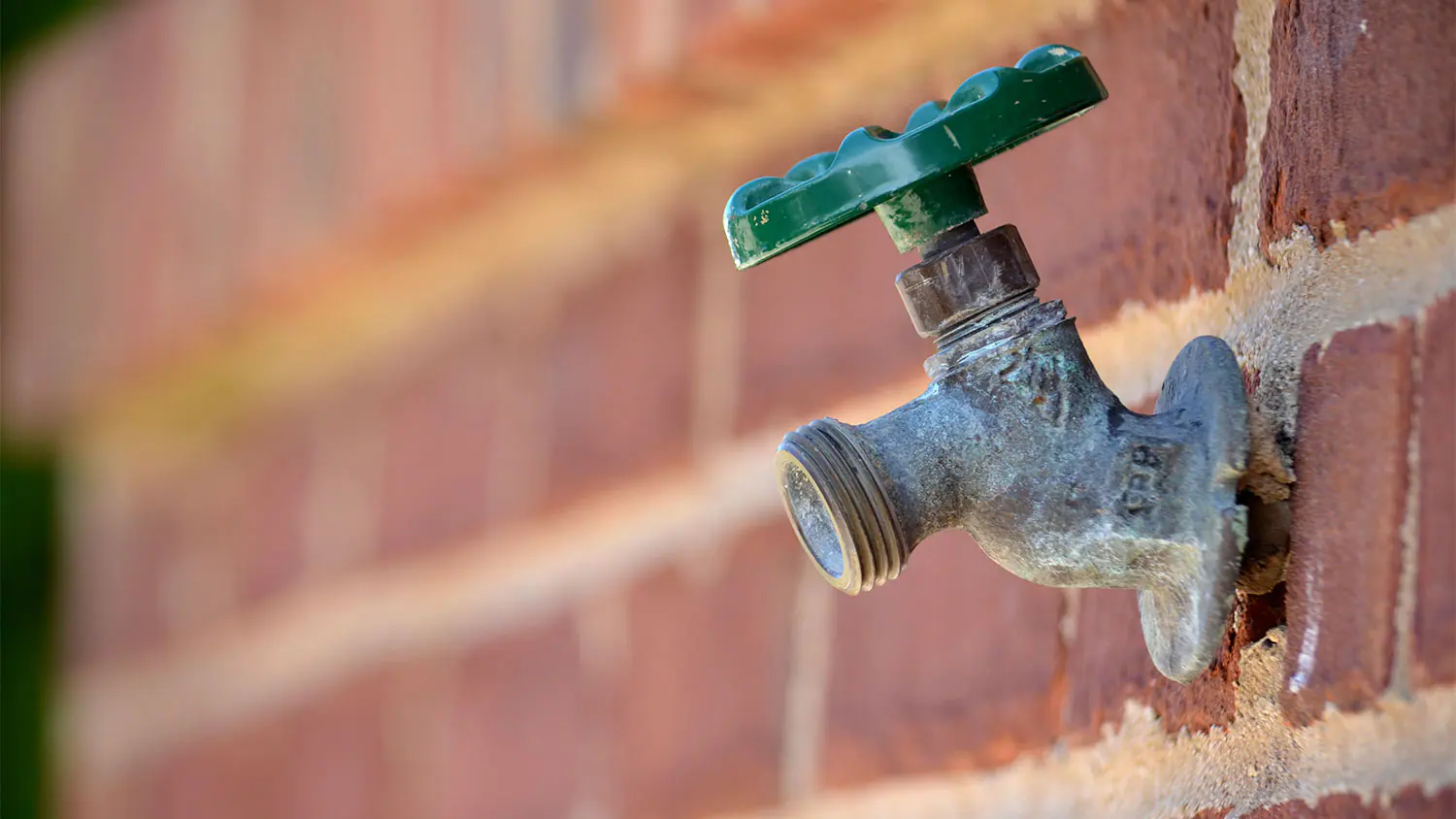
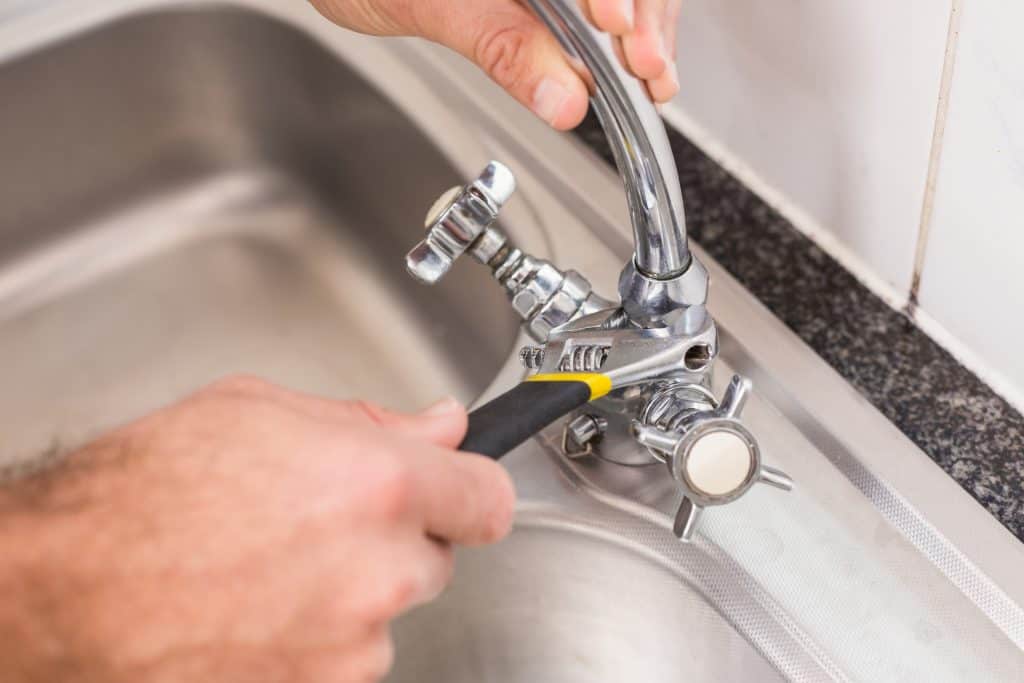
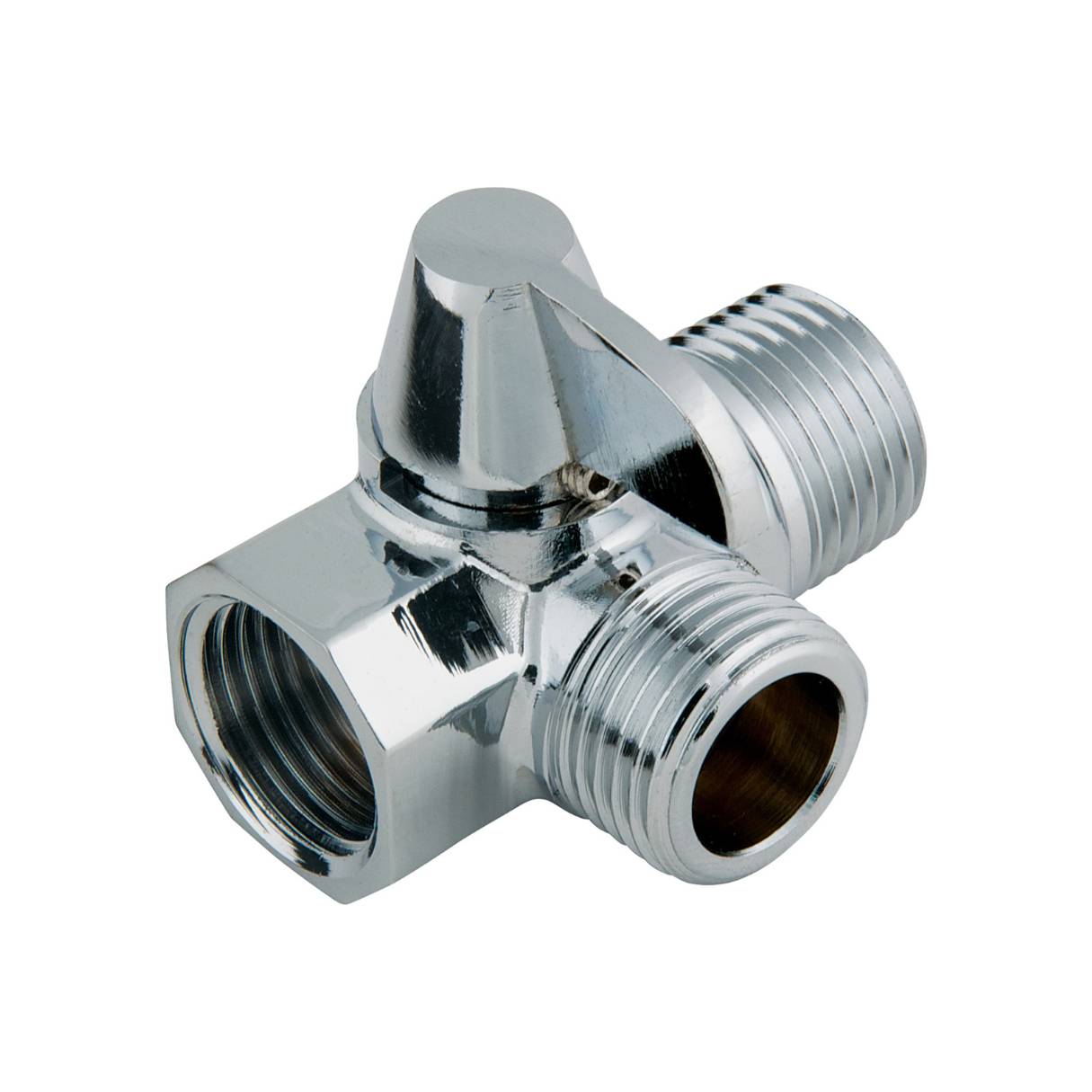
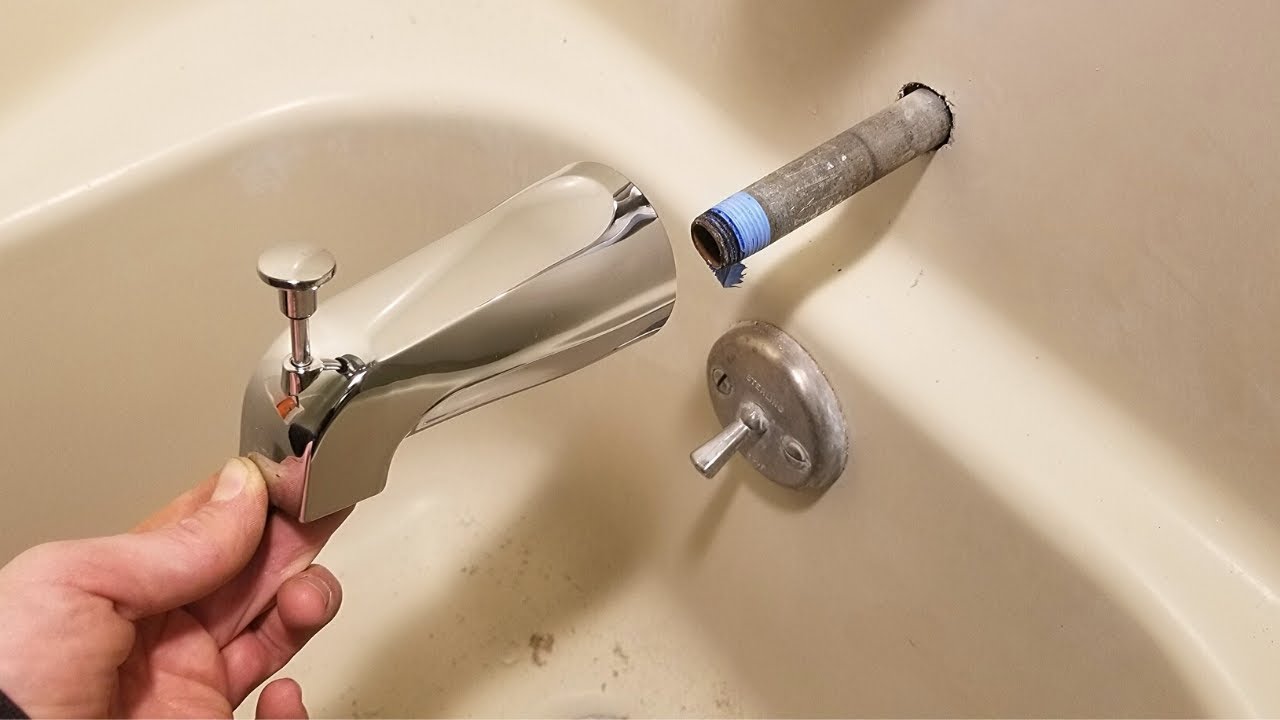
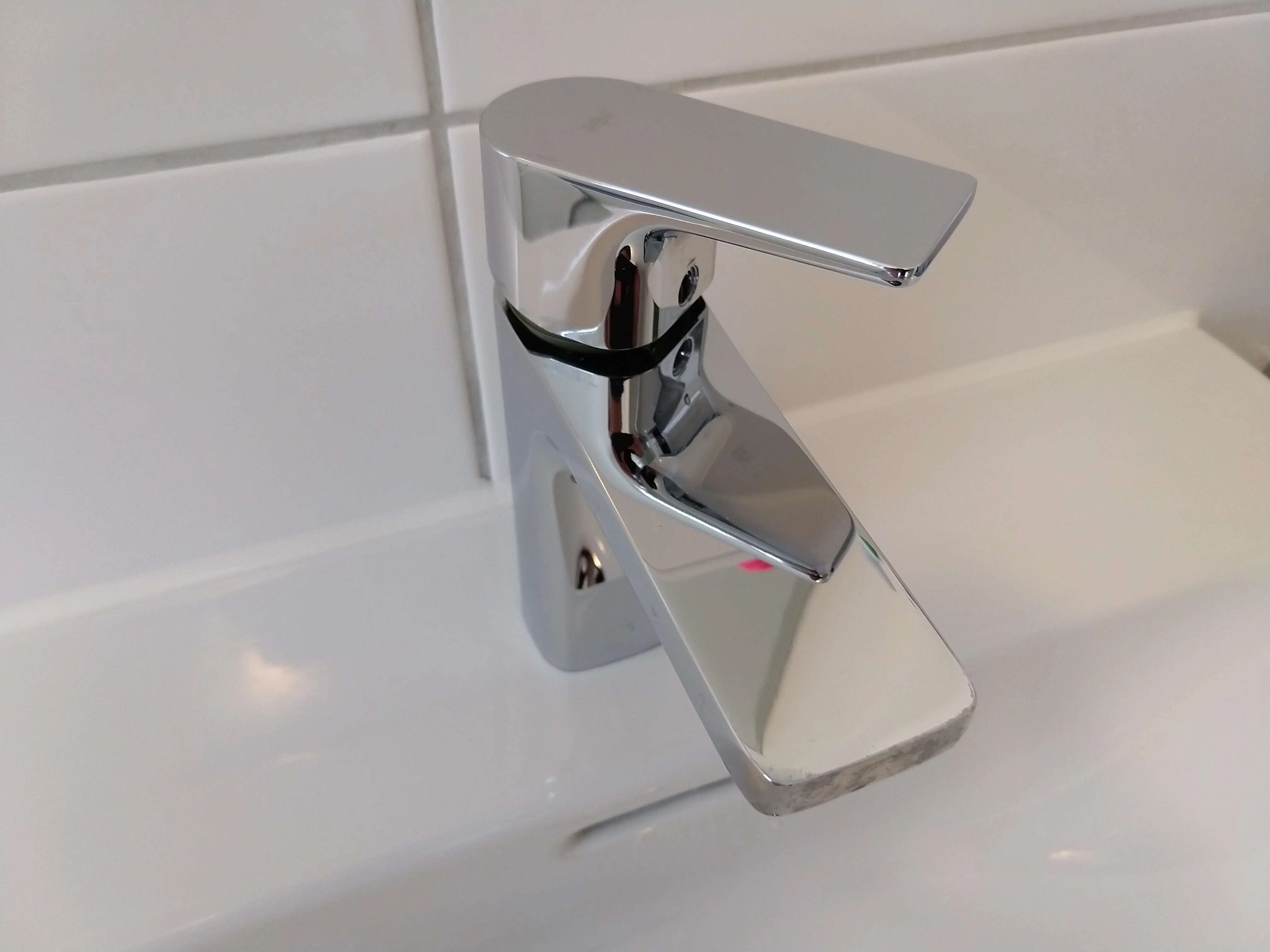
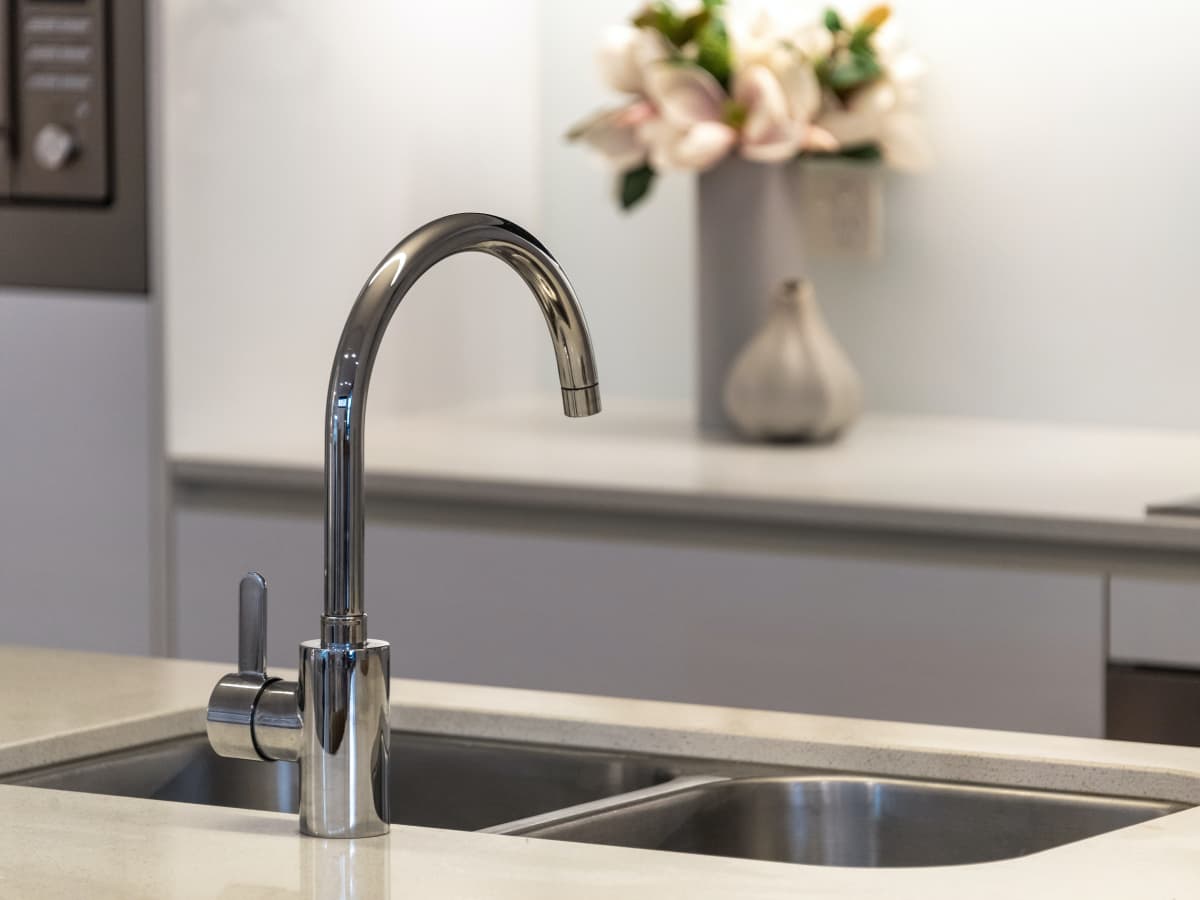
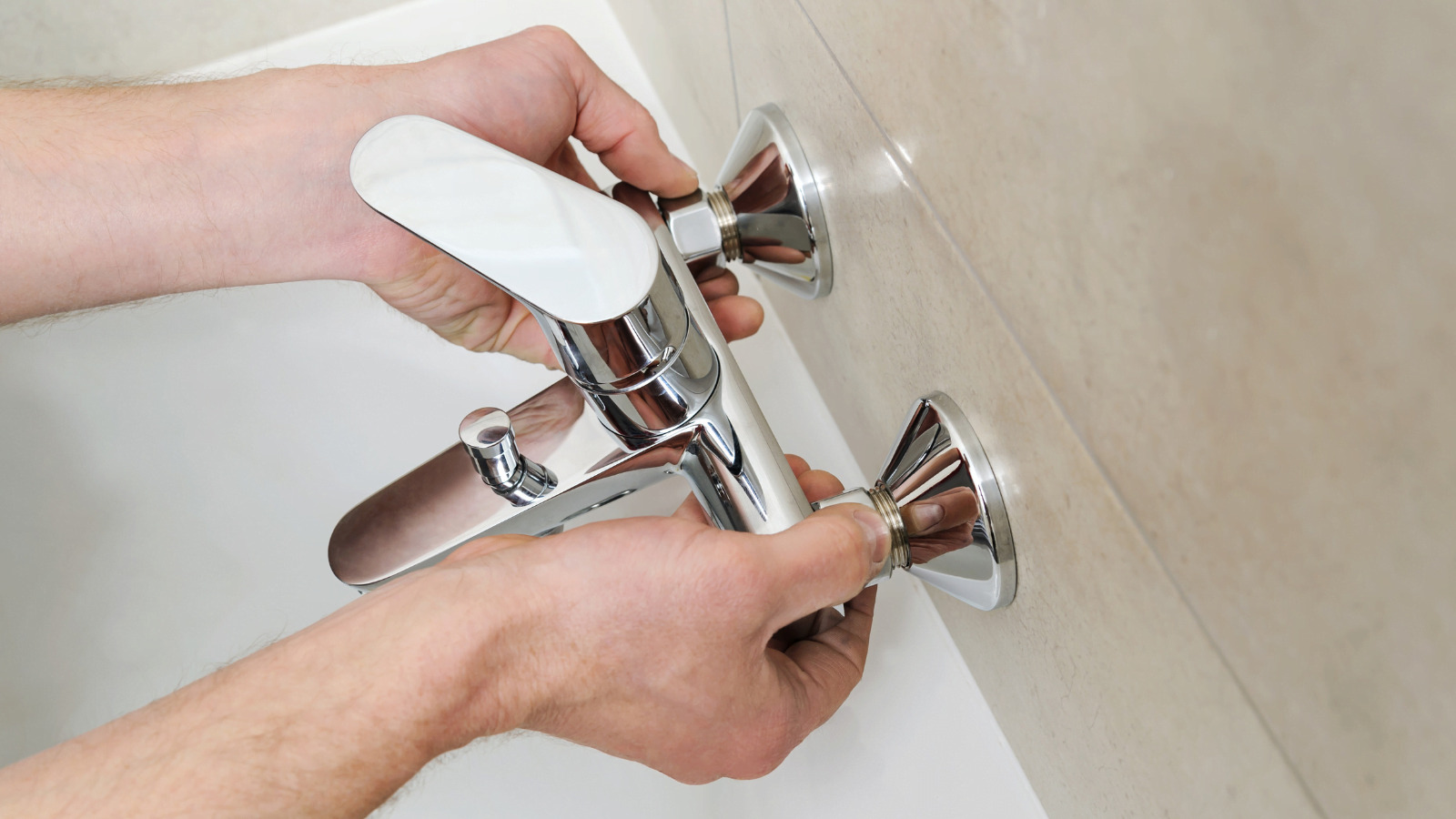

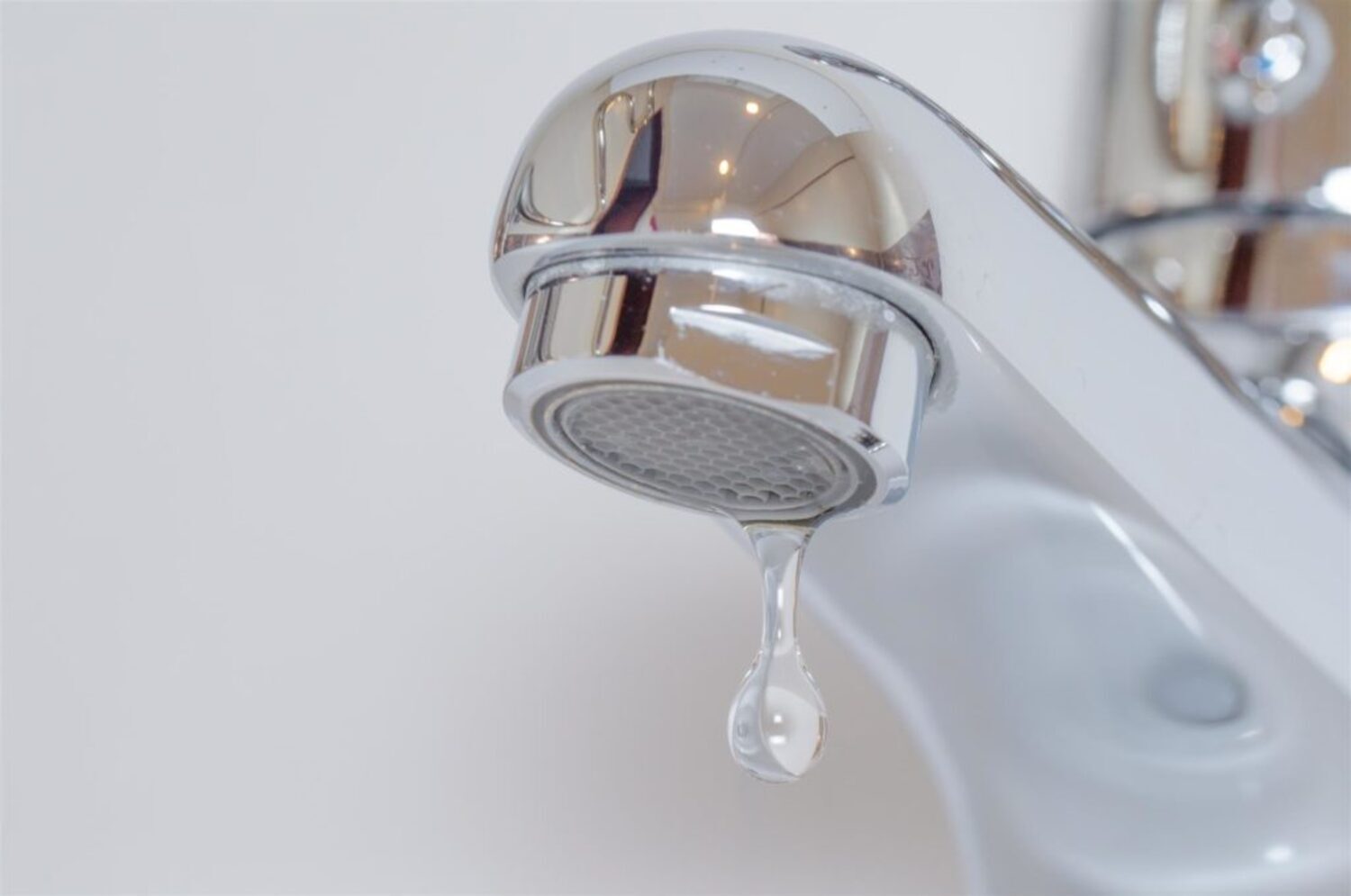

0 thoughts on “How To Fix Tub Faucet Diverter”